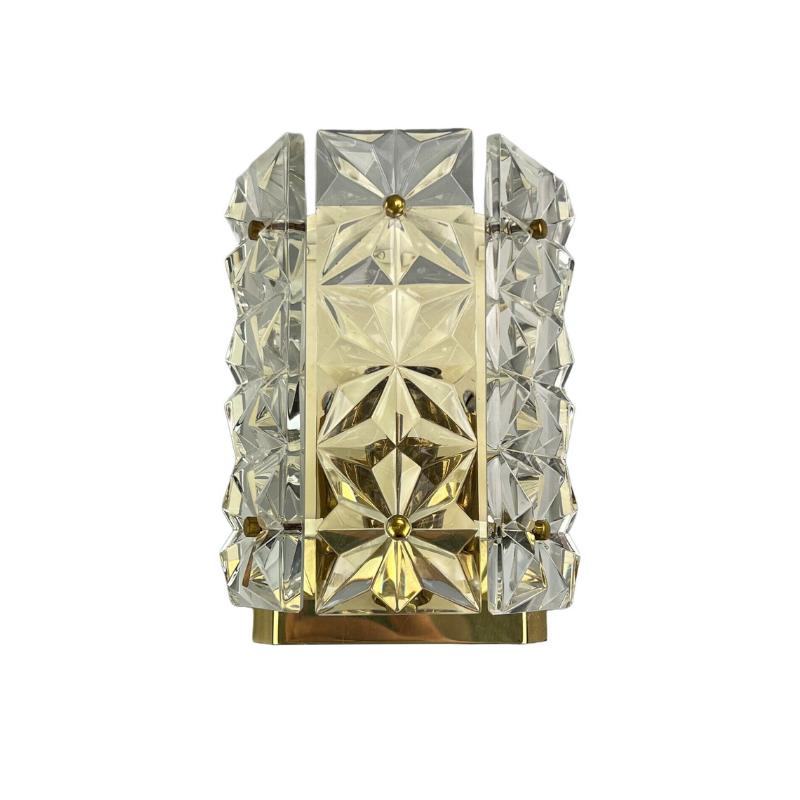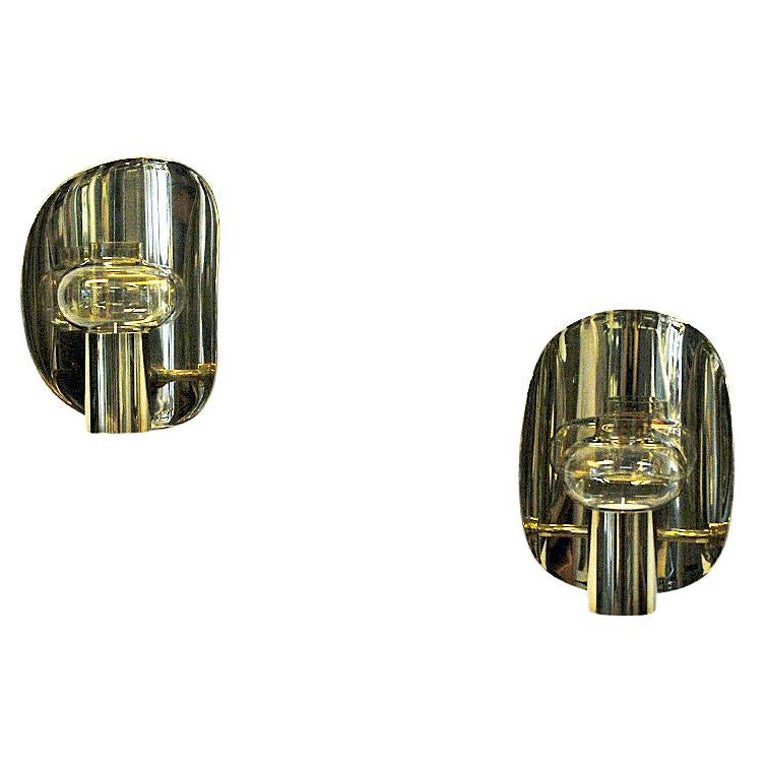Lay the chair
on its side, on a sturdy bench or table, so that the bent leg is down against the surface, with the cross-piece that is welded to it at the edge of the bench or table top. Find a way to clamp the upper part of the leg to the surface, using whatever board(s) or other accessory devices are necessary to accomplish this. The metal of the chair can be protected with towels, etc, in the course of this preparation.
Then, using just the weight of your own body, apply pressure to the bent portion of the leg, as near to the bend as you can manage, and feel the metal move. Look at the result after each try, sighting along the leg from the foot upward to judge the degree of bend remaining.
If no improvement is seen after a couple of tries, it might be necessary to sandwich the lower half of the leg between two stout pieces of wood, about
twice as long as the bent half of the leg. These pieces could have a V-groove in one side, and the two grooved boards clamped to the leg, one on top and one on the bottom. Clamp well near the bend. This device will simultaneously provide extra leverage (due to its length) and protect the metal from acquiring a new bend below the present one.
Or, you could take it to the nearest machine shop. for their expertise. Tell them to take care of the surface of the metal, and the wood. . .
Oh, is that all?
Lay the chair on its side, with the bent leg supported by something solid like a block of wood (represented by the red rectangle in the image below). Roll the chair a little, if necessary, so the bend is in the vertical plane. You may want a helper to hold the wooden back of the chair steady.
Wearing shoes with clean rubber soles, stand on the chair-leg (red arrow). Push on the chair frame (green arrow).
Take it slow; you don't want to bend it too far and then have to bend it back.
Good luck...
If you need any help, please contact us at – info@designaddict.com









